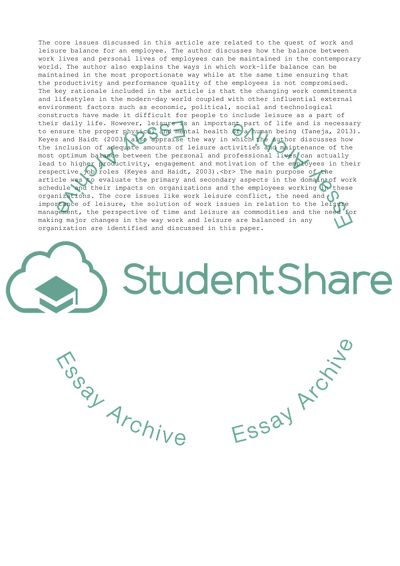Cite this document
(“Academic journal review Literature Example | Topics and Well Written Essays - 1500 words”, n.d.)
Academic journal review Literature Example | Topics and Well Written Essays - 1500 words. Retrieved from https://studentshare.org/business/1699672-academic-journal-review
Academic journal review Literature Example | Topics and Well Written Essays - 1500 words. Retrieved from https://studentshare.org/business/1699672-academic-journal-review
(Academic Journal Review Literature Example | Topics and Well Written Essays - 1500 Words)
Academic Journal Review Literature Example | Topics and Well Written Essays - 1500 Words. https://studentshare.org/business/1699672-academic-journal-review.
Academic Journal Review Literature Example | Topics and Well Written Essays - 1500 Words. https://studentshare.org/business/1699672-academic-journal-review.
“Academic Journal Review Literature Example | Topics and Well Written Essays - 1500 Words”, n.d. https://studentshare.org/business/1699672-academic-journal-review.


